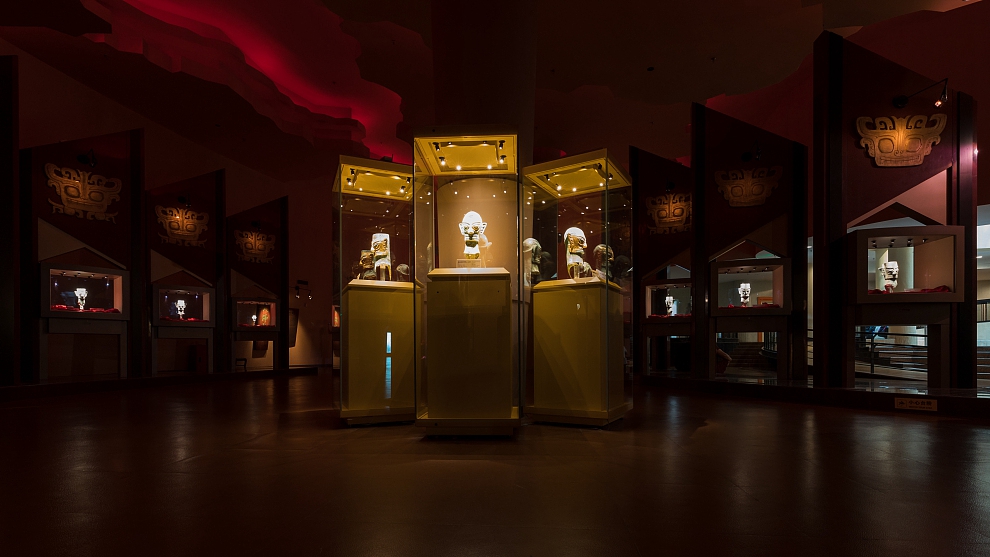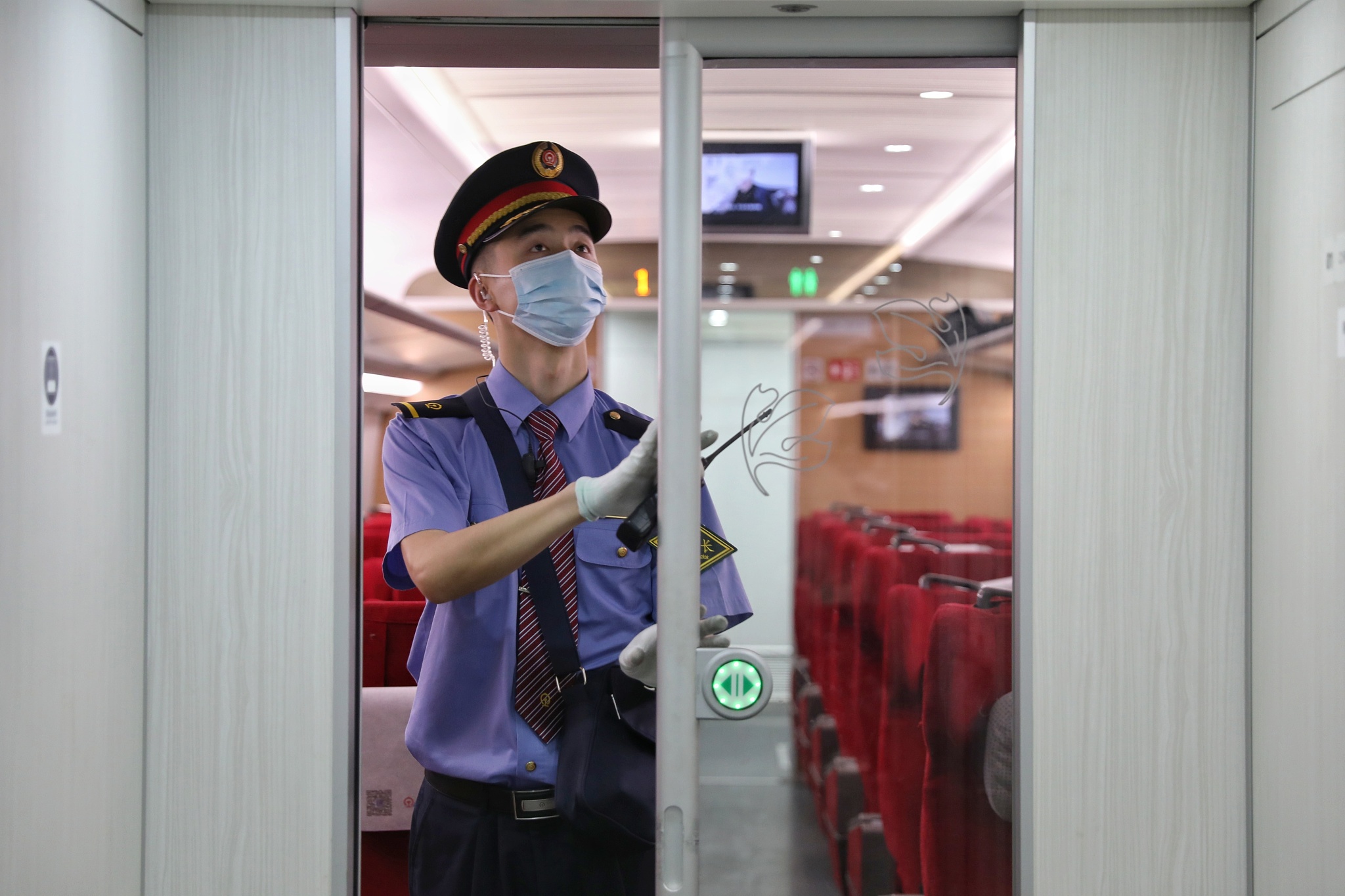The May Day Holiday is finally offering Chinese people the chance to scratch their travel itch after over a year of staycation because of COVID-19 initially and later government recommendations against unnecessary trips. But the outbreak has changed how holidaymakers are enjoying scenic spots and popular landmarks, with a growing number opting to book time slots in advance, choosing self-drive tours and avoiding the travel rush.
The five-day break, which began on May 1, is seeing an influx of travelers similar to pre-pandemic levels, with an estimated 265 million passenger trips expected to be made. On day one of the public holiday, some 18 million passenger trips were made on the railway alone, inching close to 2019 figures.
And while COVID-19 is in the rear-view mirror in China, the country is still on high alert. Nowhere is this visible than in the tourism industry which is trying to balance between responding to months of pent-up demand for travel and ensuring the safety of holidaymakers.
Over the years, photos of seas of people swarming scenic spots during national holidays and blocking any view within sight have gone viral, causing a buzz on social media. But this year, attractions across the country have adopted a raft of measures to prevent overcrowding, including operating on appointment-only basis, extending operating hours into the night and capping the number of visitors.

Sanxingdui Museum is located in the northeast corner of the ruins of Sanxingdui, Guanghan City, Sichuan Province. /CFP
Sanxingdui Museum is located in the northeast corner of the ruins of Sanxingdui, Guanghan City, Sichuan Province. /CFP
At the Badaling section of the Great Wall, a popular destination among holidaymakers, entrance tickets must be bought online and in advance and the flow of visitors is controlled to prevent congestion. The scenic spot is operating at 75 percent capacity and has introduced nighttime tours between April 30 and May 4 to better accommodate tourists.
Meanwhile, the Ceramics Gallery at the Palace Museum in the Chinese capital will welcome to vacationers after closing for two years for maintenance. Nearly 1,000 pieces of exquisite ceramics are on display spanning a period of some 8,000 years. Tickets were only available online and are already sold out for the whole five days of the holiday.
The Palace Museum is limiting the number of visitors during the Labor Day holiday to 30,000, less than its maximum capacity of 40,000. It will also open its doors half an hour earlier than usual, at 8:00 in the morning. It also moved up ticket sales for the following day from midnight to 8:00 p.m to encourage visitors to buy their own tickets instead of relying on scalpers who sell them at a marked-up price.
In southwest China's Sichuan Province, Sanxingdui Ruins are also proving to be a hit given the wealth of archaeological finds unearthed so far this year. According to online travel service platform, Fliggy, by 4:00 p.m. on May 1, the Sanxingdui Museum had received more than 15,000 visitors, and nearly 30,000 tickets had been purchased online for May 2 to 5. But measures are in place to make sure everyone gets the chance to enjoy their time.
"According to media reports, the cultural relics in Sanxingdui are very distinctive. But seeing is believing. So I brought my family here during the holiday," Zhou Yang told Xinhua News Agency. "I booked the time slot online in advance, so the experience was alright and it didn't feel too crowded."

Hou Yuan, chief conductor of the G1332 train, does inspection work on May 2, 2021. /CFP
Hou Yuan, chief conductor of the G1332 train, does inspection work on May 2, 2021. /CFP
To meet the growing demand for travel during the holiday, additional trains have been put into service. On May 1, 11,416 passenger trains were set to run, including 1,624 extra trains. On Monday, it was estimated that 10,739 passenger trains, including 1,081 additional ones, will carry travelers across the length and breadth of the country.
For example, five special trains for people looking to appreciate flowers in north China's Inner Mongolia Autonomous Region are running between the district of Hailar to the city of Zalantun, accommodating nearly 3,000 tourists.
Along with the booming domestic travel, epidemic prevention and control measures have been stepped up. China's Joint Prevention and Control Mechanism of the State Council said it is communicating with various departments to ensure good ventilation and disinfection of vehicles and strengthen epidemic monitoring and early warning systems.
Read more:
Travel frenzy begins as China celebrates Labor Day
(Cover: Tourists visit the Palace Museum in Beijing, China, May 2, 2021. /CFP)

